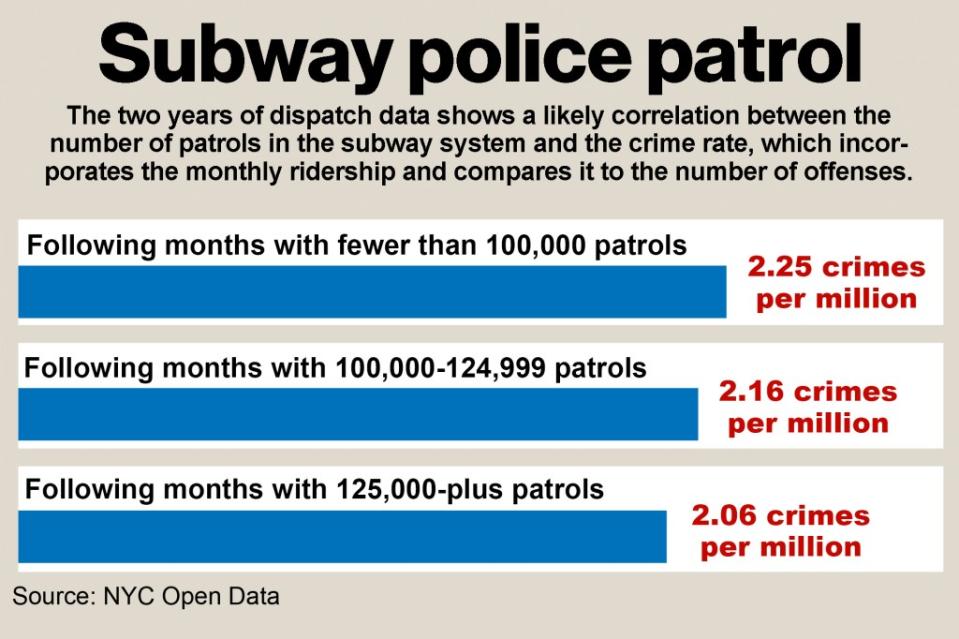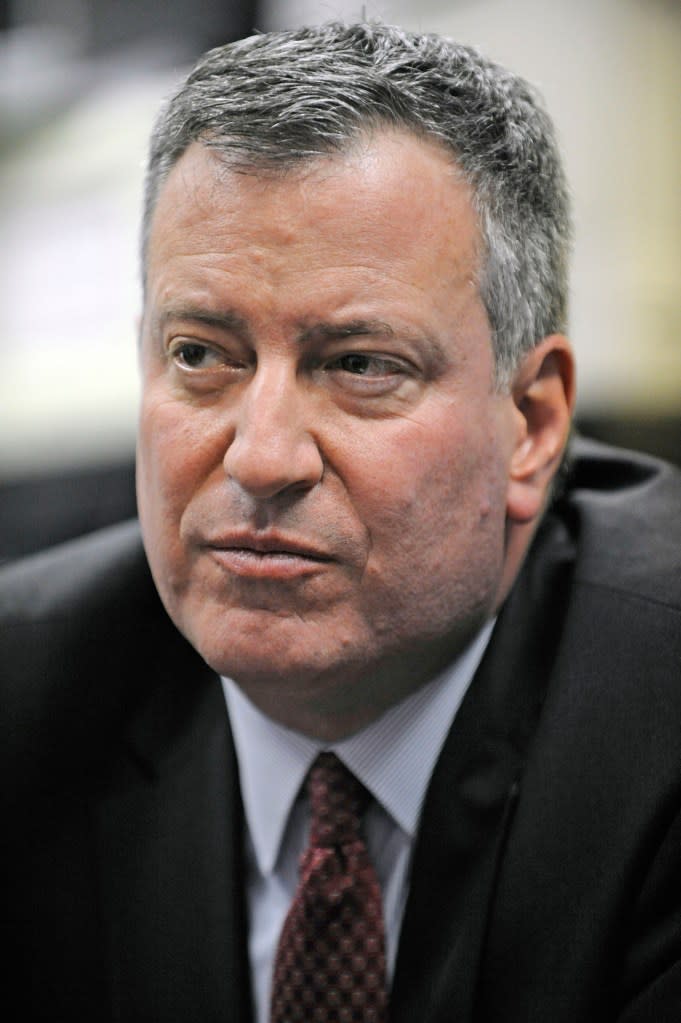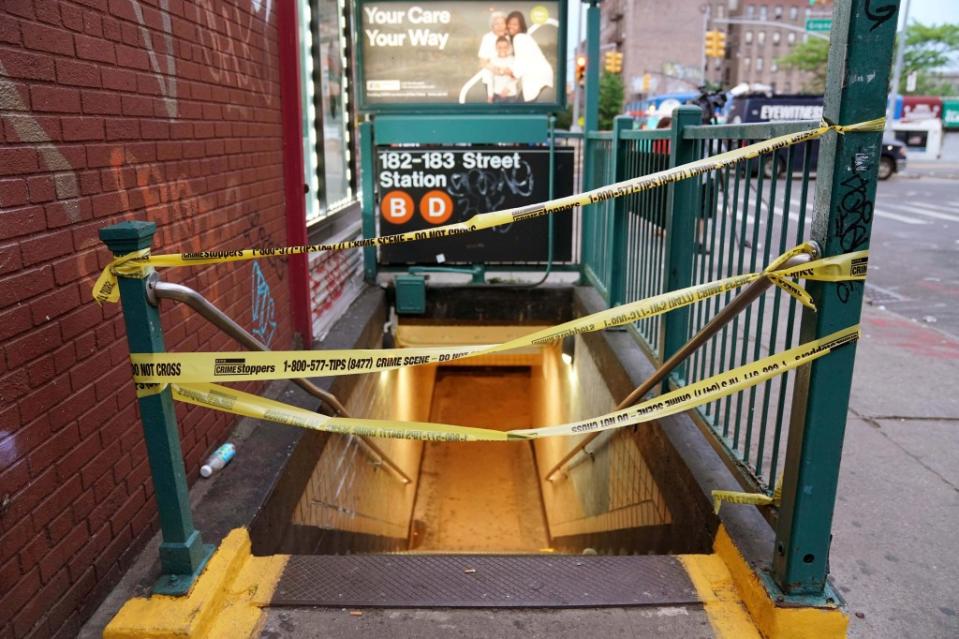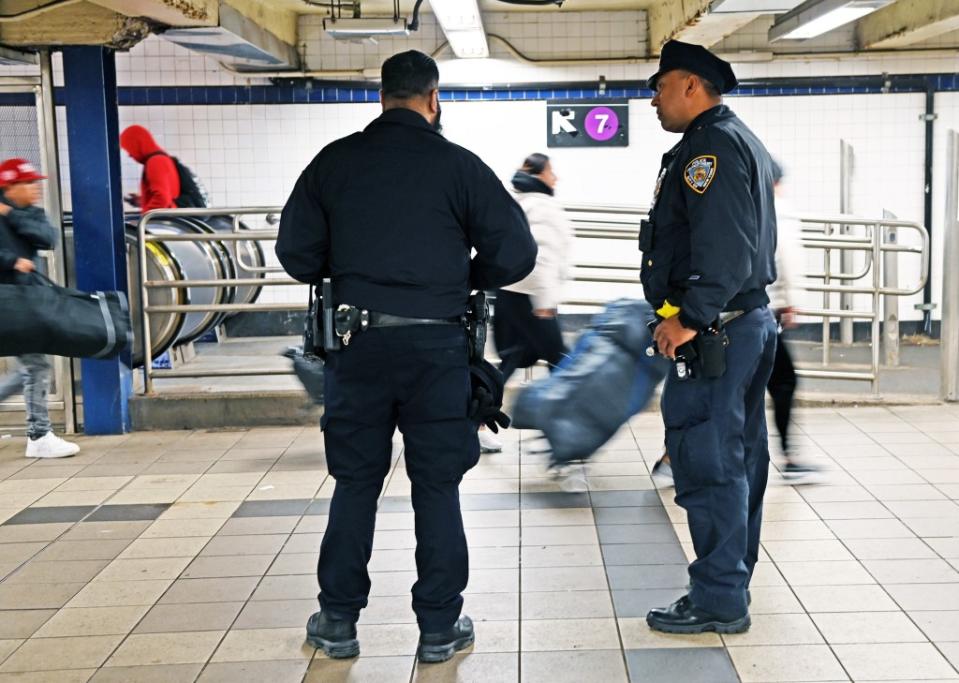NYC subway violence surge comes after police patrols plummeted to levels not seen since de Blasio administration

The recent surge in subway violence came in the months after the number of cops underground plummeted to levels not seen in years, according to data reviewed by The Post.
The analysis also shows crime fell by as much as 8% during past upticks in police patrols on the subways.
The examination of policing power in the subways comes as the NYPD has again boosted its presence in the system by 1,000 officers per day following three homicides underground in the span of a month.
It marked the worst outbreak of violence in the system since October 2022, when the last surge in subway policing launched.

That policing surge, announced by Gov. Kathy Hochul and Mayor Eric Adams after three homicides in a month and nine murders for that year — plus a spate of headline-grabbing hate crimes mostly targeting Asian Americans — kicked in nearly instantly.
The flood of cops into the system began to bend the crime rate downward by December 2022, which saw 2.23 major felonies per million riders, compared to 2.26 the month prior, according to the data.
But by October of the following year, subway police patrols had dipped to levels unseen since the de Blasio administration — and the crime rate climbed to 2.32, The Post’s review shows.

The analysis examined the number of patrols reported in the system each month between November 2021 and December 2023 — and then compared it to the subway’s ridership and number of index crimes, or major felonies, reported.
It’s among the first times that policing manpower in the subways has been directly compared against ridership and crime on a monthly basis.
The two years of data suggests there is a tight correlation between the number of patrols underground and the crime rate, which incorporates the monthly ridership and compares it to the number of offenses:
Following months with fewer than 100,000 patrols, the crime rate came in at 2.25 per million riders.
Following months with 100,000-124,999 patrols, the crime rate came in at 2.16 per million riders.
Following months with 125,000-plus patrols, the crime rate came in at 2.06 per million riders.
That means on average, months that followed those with 125,000 patrols or more on underground saw 8.4% less crime than those with fewer than 100,000 patrols.

The NYPD data shows that the bulk of the shifts surged underground were made by police officers usually assigned to duties above ground, many likely on overtime, which police sources warned is not a sustainable strategy.
“While the immediate results may be promising, the long-term feasibility falters under the weight of an over reliance on police officers who are already stretched and at excessive costs,” the official said.
“Overtime not only strains police resources and morale but also places an unsustainable burden on taxpayer funds.”
Spending on the NYPD and overtime has come under sharp scrutiny in recent months amid the Adams administration’s decision to cut spending in other areas, including the libraries, which suspended Sunday service and led to an uproar.
“Each day, upwards of an additional thousand officers are currently deployed into the Transit system — a deployment that is always subject to adjustment with emerging needs elsewhere within the NYPD,” said a spokesman for the NYPD, which otherwise declined to comment on the findings.
The subway policing surge of 2022 was funded by a $60 million state grant and with the promise of $70 million more in city funding.
Records show cops made 143,000 patrols of stations or trains in October 2022, which was 31,000 more than the 112,000 the month prior.

Officials ramped up the presence even more that November, clocking 155,000 patrols underground.
The crime rate began to bend downward in December 2022, and by January 2023, the third month of the policing surge, it had dipped to 1.63 per million riders.
It ticked back up again in February and March 2023 to between 2 and 2.1 index crimes per million riders respectively before receding again in April and May 2023 to 1.77 and 1.85 index crimes per million riders.
By June 2023, the manpower surge had mostly petered out, with just 90,000 patrols of the system that month, the data shows.
“It was sustainability, and there’s no secret to that. We spoke about that,” said the chief of the NYPD’s transit division, Michael Kemper, this week when asked how the subways and cops had ended up back in the same position twice in two years.
“Crime was spiking at the end of 2022, tremendous investments were made.” he continued.
“Cops were assigned and crime was immediately stabilized.”
When asked why it had stopped, Kemper said: “It was funded by money, by overtime, that overtime was used.”
The number of patrols declined again to 86,000 in July 2023 and 87,000 in August before bottoming out at 83,000 in September.
That’s also when the crime rate began to noticeably climb, hitting 1.83 in September 2023 and then jumping to 2.14 the following month, October, a 16% rise.
There were only 86,000 patrols underground that month.
Those consecutive months had the fewest number of patrols in the system since the end of the de Blasio administration. Police records show that there were 82,000 patrols in November 2021 and just 77,000 in December 2021 — in the aftermath of a Democratic primary and subsequent mayoral election dominated by questions about crime and subway safety.
The crime rate jumped again in November 2023 to 2.32 index crimes per million riders, another 8% increase.
That month, officials began to quietly increase the number of patrols underground again in November and December 2023 with 104,000 and 111,000 patrols reported respectively — still far below the policing surge launched the previous year, which lasted through the spring.
The crime rate fell in December 2023 to 1.97 crimes per million riders — but then jumped again in January, hitting 2.43 crimes per million riders.
Data for the number of patrols in January and February won’t be public until the spring.

 Yahoo News
Yahoo News 
